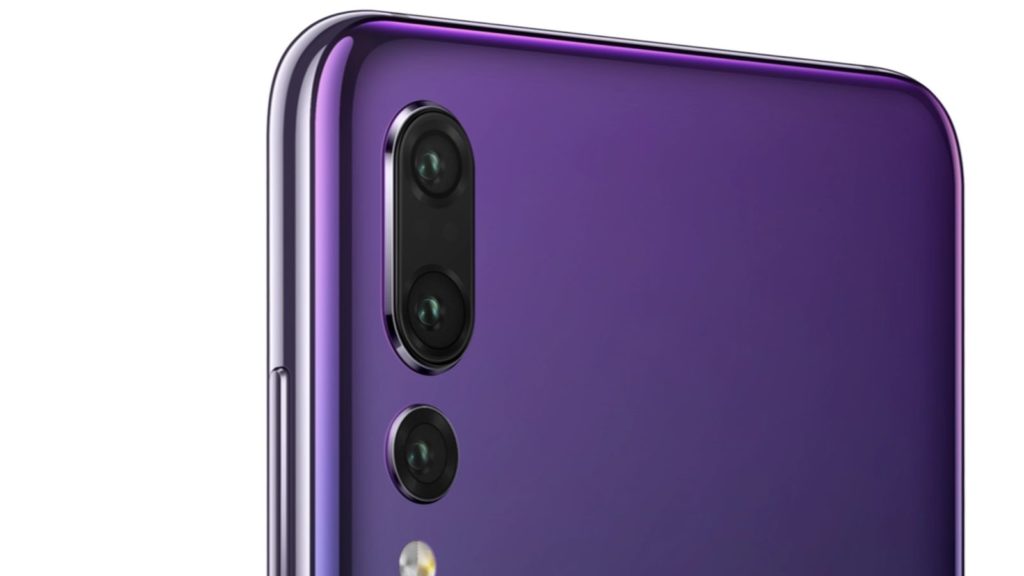Last week, the Galaxy Note 9 was announced by Korean smartphone maker Samsung. It’s the largest Note device that Samsung has produced, and packs a number of new features. But how does the new Note stack up against more established competition, like the Huawei P20 Pro?
We take a look at the key numbers and features of each flagship smartphone.
No ad to show here.
Design
The Huawei P20 Pro takes a bold design leap beyond its predecessor. Packing new technology into a slimmer shell, its hard not to notice its screen notch and triple rear cameras.
It’s also easier to hold and use thanks to its slim 6.1 inch screen, narrow edges and 7.8 mm thin aluminium frame. Available in a number of colours — most notably, the Twilight option — it’s also the prettier of the two devices.
The Samsung Galaxy Note 9 could easily be mistaken for the Note 8 bar its larger footprint. It is larger and thicker than the outgoing Note, and also features Samsung’s S Pen stylus.
OS
Samsung’s Note 9 launched with its Experience UI and Android 8.1 Oreo. The company hasn’t yet announced update plans to Android 9 Pie.
Huawei has confirmed that the P20 Pro will receive its EMUI-powered Android 9 Pie update in October.
And for gamers, Huawei’s GPU Turbo — the revolutionary graphics processing acceleration technology — is also coming to your pocket soon to further increase frame rates of your favourite titles.
Screen
With a 2160×1080 vivid AMOLED display, the Huawei P20 Pro features a screen density of 408 pixels per inch. Colours in photographs and videos pop while the screen also supports HDR10 for deeper contrasts on Netflix and YouTube.
The Samsung Galaxy Note 9’s tapered screen also uses AMOLED technology. It features a resolution of 2960×1440, with a pixel density of 516 pixels per inch. It also supports HDR10. But with a 6.3-inch screen, the phone is more difficult to hold comfortably while streaming shows or playing games.
Internals
Huawei uses a HiSilicon Kirin 970 chipset in the P20 Pro, crafted using the 10nm manufacturing process.
The Kirin 970 features eight cores, four of which are clocked up to 2.4GHz. It also uses the ARM Mali-G72 MP12 GPU to drive video and run games. 6GB of RAM and 128GB of internal storage completes the package.
Notably, the Kirin 970 also features an AI processor, known as the Neural Processing Unit which powers the P20 Pro’s photography prowess.
Samsung’s Note 9 uses the Exynos 9810, the same chip that features in the Galaxy S9. It also has eight processing cores, with four clocked up to 2.7GHz. To drive graphics on its screen, the Samsung uses the ARM Mali-G72 MP18, features 6GB of RAM and 128GB of storage in the base version.
Although the Samsung also features a 512GB storage version, and includes a microSD card slot, 128GB is more than enough for storing your favourite moments.
Camera performance
The Huawei P20 Pro features three distinct Leica cameras at the rear, each with a different purpose: a 40MP colour snapper, a 20MP black and white camera, and an 8MP camera that enabled 3x optical zoom.
This means that images that would previously require a DSLR with a zoom lens can now be taken by the P20 Pro.
Night shots are also the phone’s specialty. The 40MP and 20MP images are combined using Huawei’s AI wizardry, resulting in a more accurate interpretation of contrast, white balance and saturation.
Samsung has gone with two cameras at the rear, both featuring 12MP sensors. One has Samsung’s dual aperture technology — which increases or decreases the aperture of the lens when light is present or absent — while the other enables 2x optical zoom.
Samsung’s camera now also attempts to identify the subject of your photo — be it a flower or fruit — a feature that appeared on the Huawei P20 Pro first.
Battery life
Huawei’s P20 Pro features a 4000mAh battery slotted into a much slimmer package. And with fewer pixels to power, battery life is excellent.
When that battery eventually runs low, Huawei’s Supercharge gives users a day’s worth of usage from a 30 minute charge. It too has been certified as safe by Germany’s TUV.
The Samsung on the other hand is a much heavier phone, but it also features a 4000mAh battery, an upgrade from the Note 8’s 3300mAh. It features wireless charging as well as fast charging technology, but battery technology has never been Samsung’s strong suit.
The extras
Huawei’s P20 Pro features IP67 dust and water resistance, fingerprint and face unlock as well as voice shot control for taking selfies. It’s Knuckle Gestures 3.0 allows users to open apps with a number of swipes.
The Note 9’s S Pen can be used as a remote shutter for taking pictures. It has IP68 water and dust resistance, while it also features iris scanning. However, its fingerprint reader is not easily accessible to those with smaller hands.
Price
The Samsung Galaxy Note 9 is set to be the more expensive of the two phones, selling for R18 999 once it launches in South Africa. Contracts will begin from R899 per month.
The Huawei P20 Pro however initially launched at a price of just R15 499, with contracts beginning at R649 per month.
Feature image: Huawei
